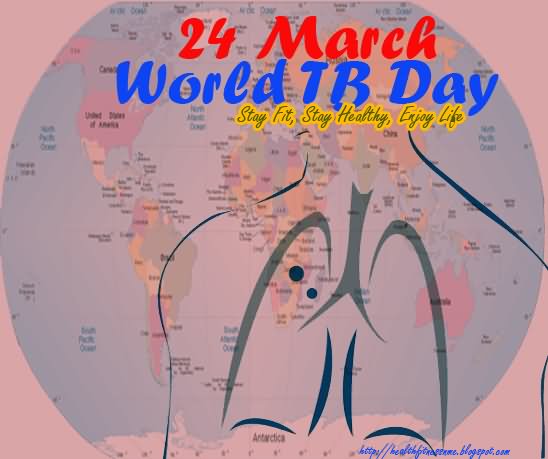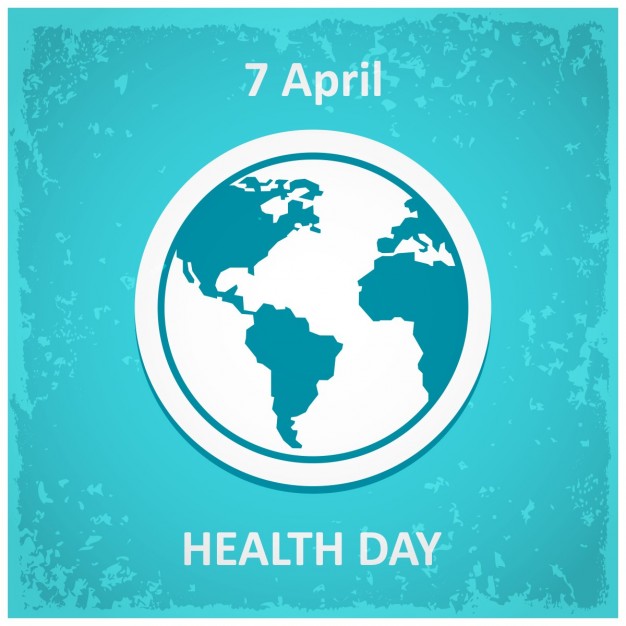 World Health Day is celebrated every year on the founding day of the World Health Organization. Established in 1950 this event has a theme each year to draw attention to a current world health issue. The WHO puts together regional, local, and international events on this day related to that theme. Local governments also tend to jump on this band-wagon, after all, global health means everyone! On this day you may take some extra steps to care for your health, consider getting a gym membership (and going!), starting a diet, or starting multi-vitamins!
World Health Day is celebrated every year on the founding day of the World Health Organization. Established in 1950 this event has a theme each year to draw attention to a current world health issue. The WHO puts together regional, local, and international events on this day related to that theme. Local governments also tend to jump on this band-wagon, after all, global health means everyone! On this day you may take some extra steps to care for your health, consider getting a gym membership (and going!), starting a diet, or starting multi-vitamins!
The World Health Organization is an agency of the United Nations that focuses on the public health of the world at large. The WHO has a constitution that countries involved in the United Nations had an opportunity to sign, and unanimously did, agreeing to the tenets laid out within to promote the general health of the globe. Through its efforts we have seen the eradication of small pox, and its focus then turned to communicable diseases, with a particular focus on tuberculosis and HIV/AIDS.
The World Health Organization has been involved in mobilizing many health efforts the world over. Describing what medicines are essential for public health, and which diseases to give a particular focus to. The movement to eradicate smallpox started in 1958, initiated by pressure from Viktor Zhdanov, the Deputy Minister of Health for the then USSR. In 1979, the WHO declared that smallpox had in fact been eradicated, making it the first disease in history to be eliminated by the dedicated efforts of humans.

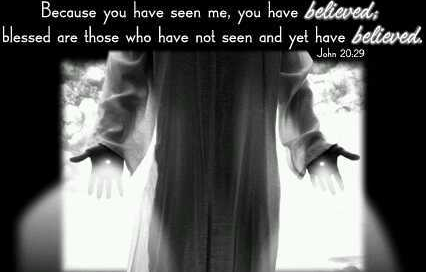
 The United Nations’ International Day for Mine Awareness and Assistance in Mine Action is observed on April 4 each year. This day aims to raise awareness about landmines and progress toward their eradication.
The United Nations’ International Day for Mine Awareness and Assistance in Mine Action is observed on April 4 each year. This day aims to raise awareness about landmines and progress toward their eradication.
 World Autism Awareness Day (WAAD) aims to put a spotlight on the hurdles that people with autism – and others living with autism – face every day. As a growing global health issue owing to its increasing exposure in the press and common knowledge, autism is an issue that is only gaining more understanding – and WAAD activities are planned every year to further increase and develop world knowledge of children and adults who have autism spectrum disorder (ASD).
World Autism Awareness Day (WAAD) aims to put a spotlight on the hurdles that people with autism – and others living with autism – face every day. As a growing global health issue owing to its increasing exposure in the press and common knowledge, autism is an issue that is only gaining more understanding – and WAAD activities are planned every year to further increase and develop world knowledge of children and adults who have autism spectrum disorder (ASD). “Mary of Magdala… came running to Simon Peter and the other disciple, the one Jesus loved.”
“Mary of Magdala… came running to Simon Peter and the other disciple, the one Jesus loved.”
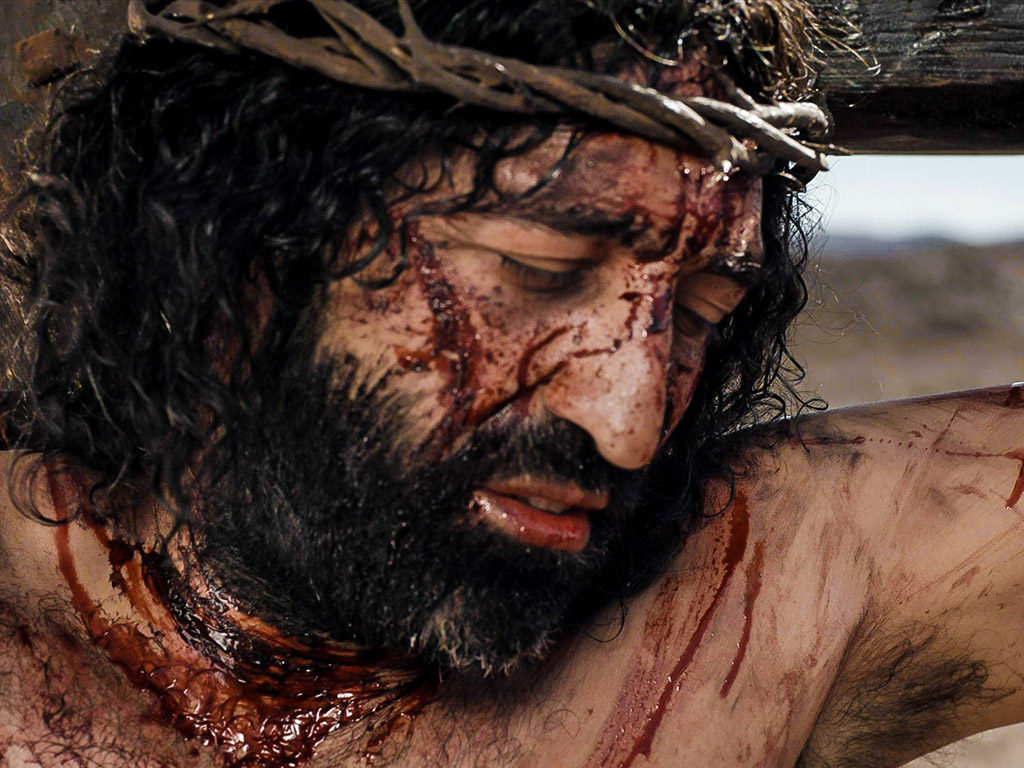 Good Friday is not the glorification of suffering, it is the exaltation of love –
Good Friday is not the glorification of suffering, it is the exaltation of love – 
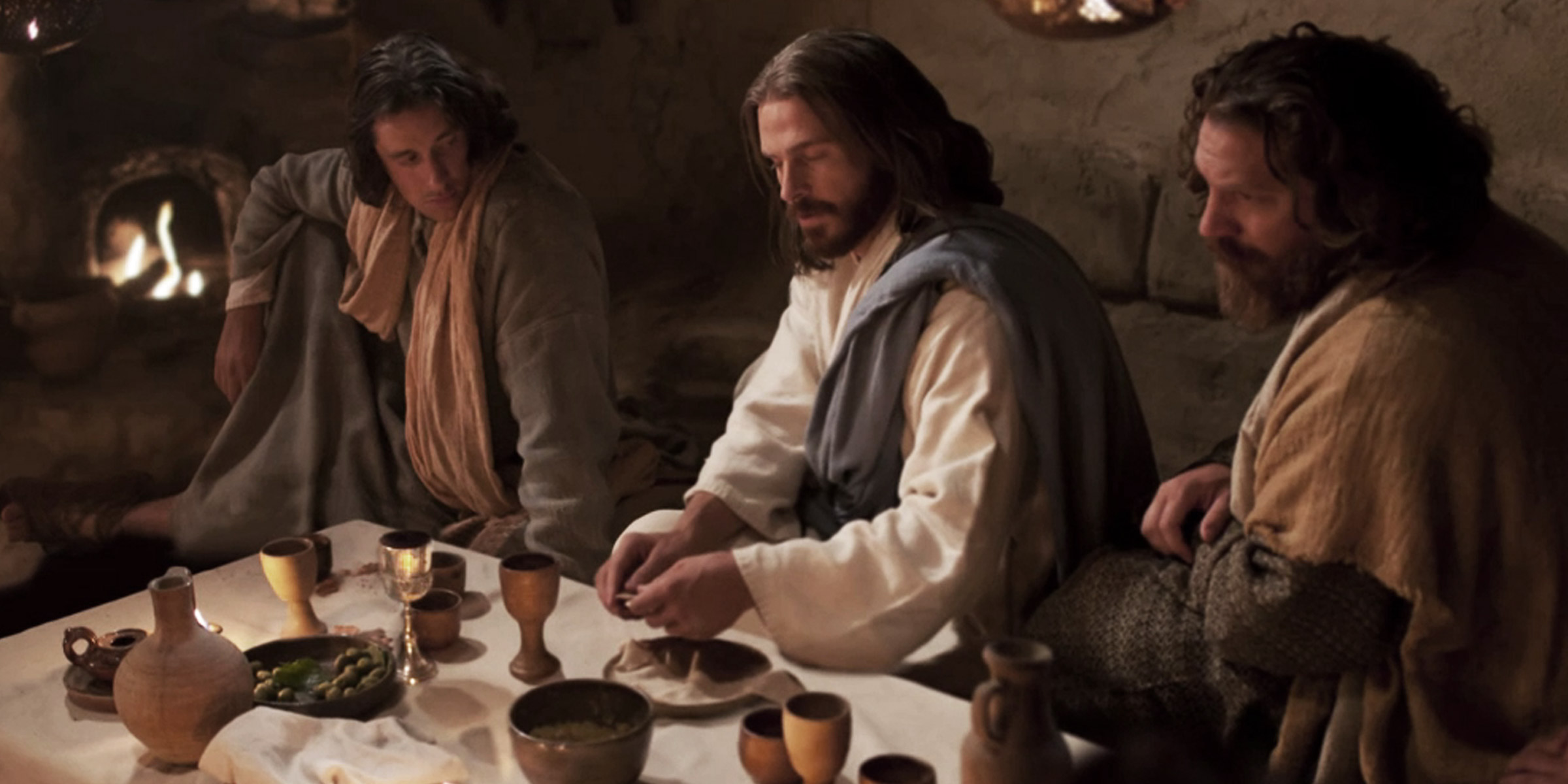 Today, as we remember the Last Supper he had with his twelve friends (Jn.13:1-15), we see him asking them:
Today, as we remember the Last Supper he had with his twelve friends (Jn.13:1-15), we see him asking them:
